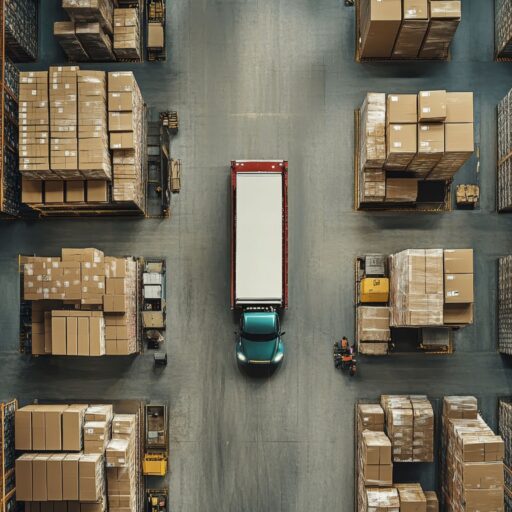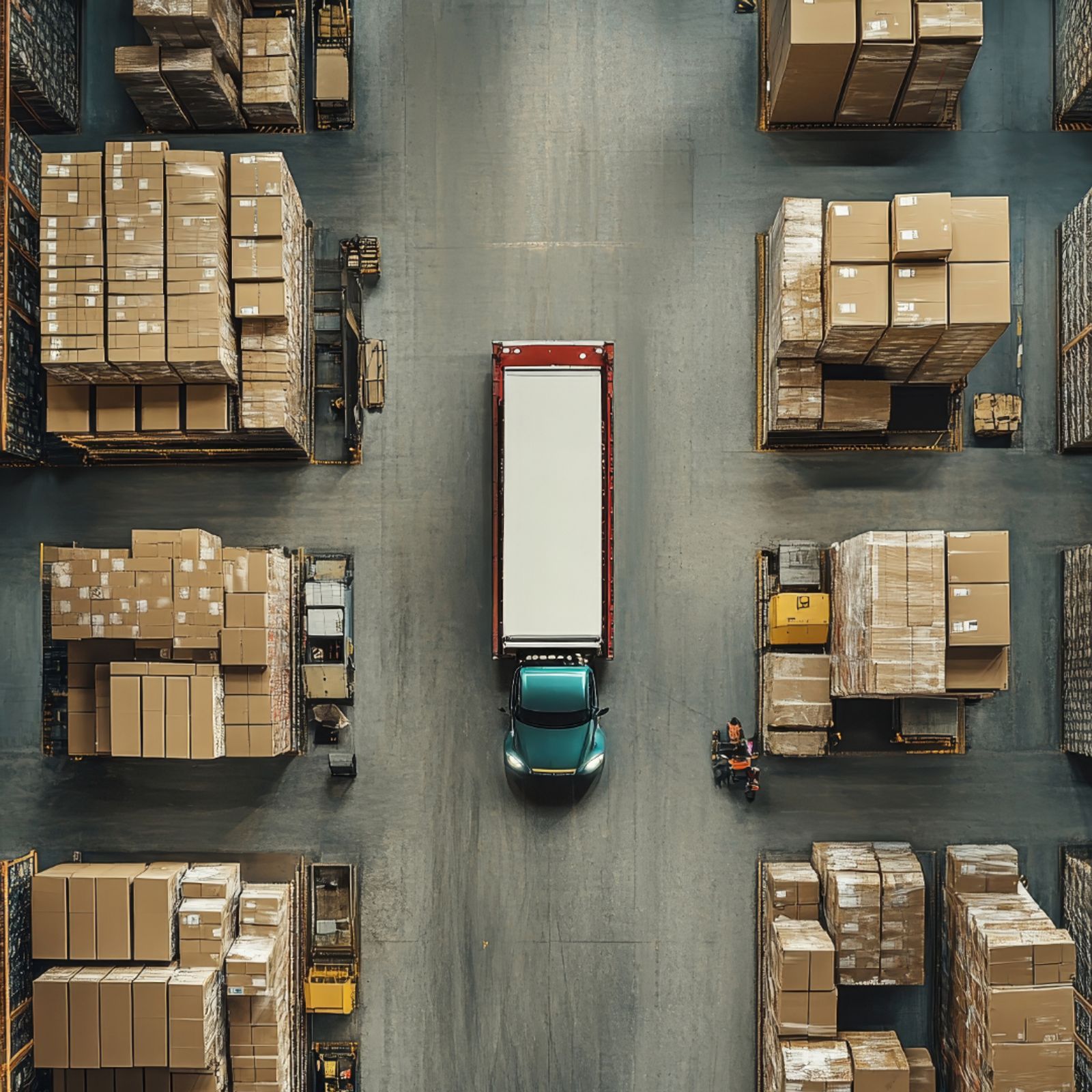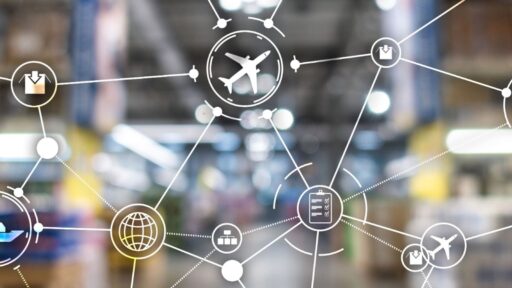Discover Why a CRM Is Essential for Distribution and Logistics in 2025 :
Managing Multi-Step Flows
By 2025, distribution integrates warehouses, transport, inventory, and returns. Each operation generates critical data: stock levels, transit times, delivery conditions, and customer returns. A cohesive CRM consolidates this information to prevent stockouts and errors. With real-time visibility, logistics teams can anticipate restocking needs and adjust transport routes. Such a system eliminates information silos and boosts responsiveness at every stage.
Sector-Specific Challenges
Logisticians must:
Track inventory status in real time
Instantly know available stock to avoid overstock and stockouts.Plan and optimize delivery routes
Allocate resources efficiently, reduce mileage, and cut fuel expenses.Manage returns and after-sales service
Process returned goods quickly, arrange repairs, or replacements.Coordinate multiple partners and carriers
Consolidate data from various providers to avoid conflicts and ensure delivery consistency.
Without a CRM, operational visibility is lacking and costs skyrocket due to repeated errors.
Common Mistakes Without a CRM
Unanticipated stockouts
Lead to lost sales and eroded customer loyalty.Undetected delivery delays
Leave customers uninformed, damaging trust and generating complaints.Scattered customer inquiries
Information spread across emails, calls, and spreadsheets makes tracking impossible.Inability to trace transport incidents
Issues (damage, theft, delays) are not centralized, slowing resolution.
These failures degrade customer satisfaction and negatively impact profit margins.
How a CRM Transforms Operations
A CRM tailored for logistics centralizes:
Orders and delivery statuses
Each order displays its state: prepared, in transit, or delivered.Customer and carrier data
Combines contact details, carrier performance metrics, and interaction history.Service tickets and complaints
Tracks each case to resolution, improving after-sales responsiveness.Key performance indicators
Measures on-time delivery rate, number of returns, and average resolution time.
The CRM automates customer follow-ups in case of delays, generates custom dashboards, and sends alerts when issues arise. For example, a food distributor configures the CRM to notify them immediately if a carrier exceeds a scheduled deadline. They can then reassign the shipment to another carrier and notify the client in real time, avoiding supply disruptions.
Conclusion
By 2025, a CRM becomes the backbone of distribution and logistics operations. It provides a unified view of workflows, anticipates stockouts, and optimizes planning. Centralizing data enhances customer satisfaction and strengthens competitiveness. For companies aiming to remain high-performing, investing in a specialized CRM is essential.












